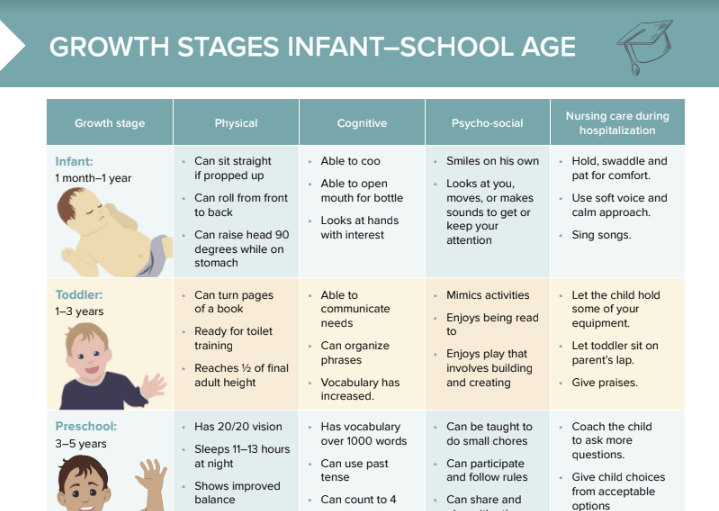Definition: What is an APGAR score, and how is it performed?
The APGAR score is a quick assessment of a newborn’s health that is performed at 1 and 5 minutes after birth. Healthcare providers can use the APGAR score to quickly assess a newborn’s health and determine if immediate medical care is needed. The score can also give a good indication of how well the infant is transitioning to life after delivery.
“APGAR” was developed by Dr. Virginia Apgar, and also stands for the 5 areas it evaluates:
- Appearance (skin color)
- Pulse
- Grimace (reflex irritability)
- Activity (muscle tone)
- Respiration
Each area is scored from 0 to 2, and the scores are added up to give a total score between 0 and 10.
Calculating APGAR score
APGAR scoring table
| Indicator | 0 points | 1 point | 2 points |
| Appearance | Blue, pale | Pink body, blue extremities | Pink (pink undertones appropriate for skin color) |
| Pulse | Absent | Below 100 beats/minute | Over 100 beats/minute |
| Grimace | Floppy | Minimal response | Prompt response |
| Activity | Absent | Flexed arms and legs | Active |
| Respiration | Absent | Slow and irregular | Vigorous cry |
What is a good, normal, and low APGAR score?
The scores on the APGAR test can indicate how well a newborn is transitioning to life after delivery, and if the infant needs immediate medical care.
- Scores of 7–10 are considered normal and indicate that the newborn is in good health.
- Scores of 4–6 may indicate that the newborn needs some assistance with breathing or other interventions.
- Scores of 0–3 indicate that the newborn is in critical condition and requires immediate medical intervention.
Chart: How to interpret APGAR scores & what to do
APGAR interpretation table
| 0–3 | 4–6 | 7–10 | |
| Interpretation | Immediate medical intervention is required. | Abnormal score; specific interventions required depending on areas that scored low | Reassuring score implying newborn is transitioning well to life after delivery |
| Interventions | Initiate neonatal resuscitation protocol. | Respiratory/circulatory issues are most common, so interventions can be e.g. suctioning, fluids, ventilation. |
What needs to be done when a baby has a low APGAR score?
Specific interventions for a newborn with a low APGAR score depend on the areas that scored low. Respiratory and circulatory issues are the most common reasons for low scores, so interventions may include ventilation, suctioning, or fluids. Other interventions may be required depending on the specific needs of the newborn.
What does a low 5th-minute APGAR score mean?
A low fifth-minute APGAR score is associated with increased risk of neonatal mortality and morbidity.

